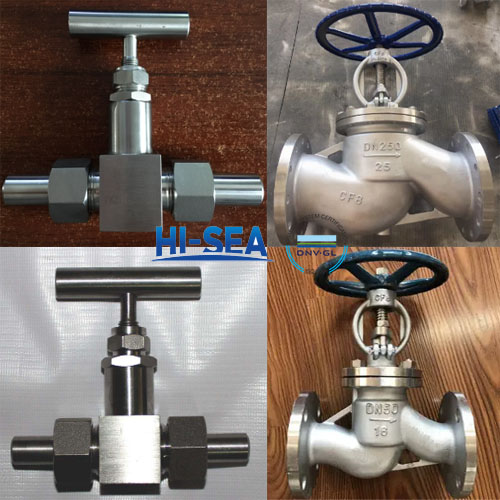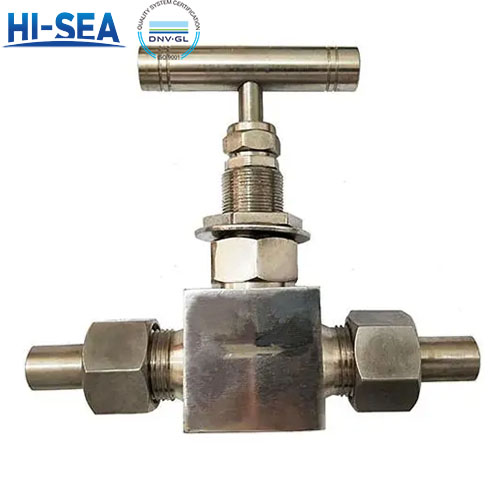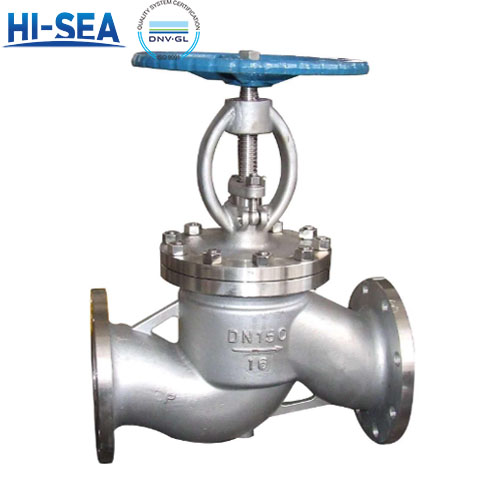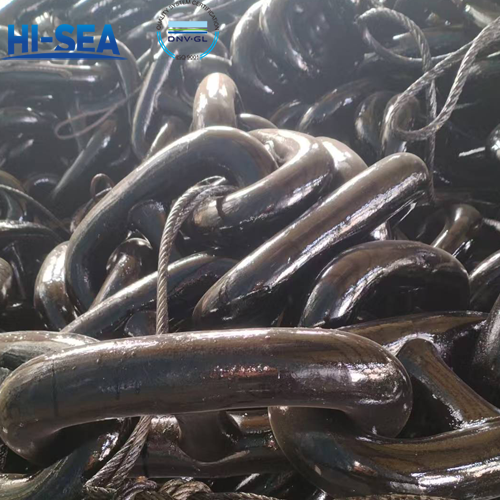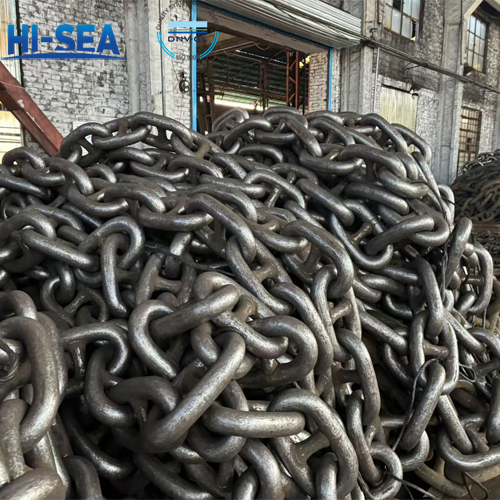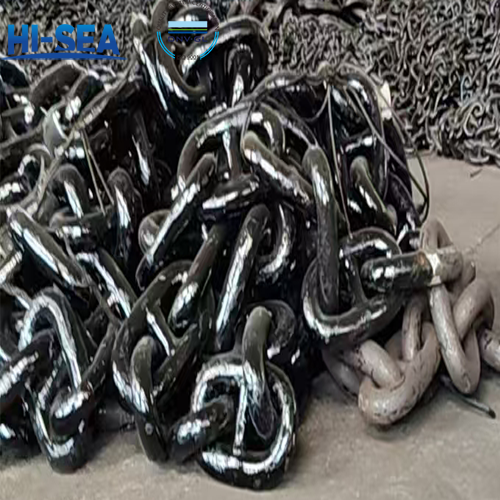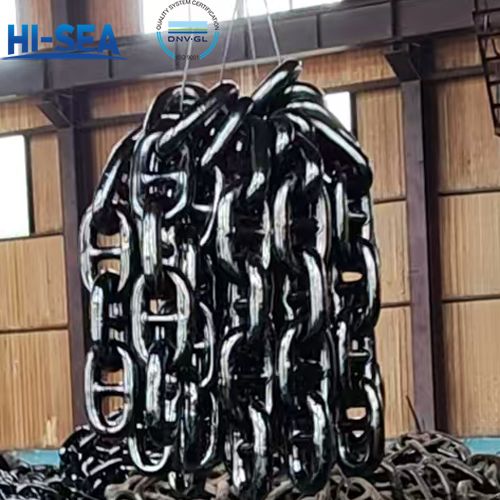
What is the difference between the needle valve and the globe valve?
Needle valves are similar in structure to a needle, with a sharp conical spool. The valve spool through the up and down movement to control the pipeline on and off, the pipeline fluid through the spool need to change the direction and speed, so the needle valve can realize a high flow control accuracy.
Globe valves have a variety of structural forms, which is broadly defined as a valve used to open and close the pipeline. Commonly used globe valves include straight-through globe valves, angle globe valves and so on. Compared with needle valves, globe valves have a simpler structure, high throughput and low resistance, and are suitable for larger pipe diameters and flow rates.
Overview
Difference in working principle:
Needle valve opening and closing is mainly through the rotary valve handwheel control spool up and down movement, in order to achieve the purpose of controlling the flow.
Globe valve opening and closing is by rotating the valve handle or with electricity, cylinders and other external controllers to control the up and down movement of the spool, so as to achieve the purpose of the on-off pipeline. Globe valve open, the fluid can flow freely, closed after the pipeline is completely blocked.
Differences in Scope of Application:
Needle valves are suitable for applications requiring high accuracy in flow control, such as measuring the inlet and outlet of a chemical reaction in a laboratory. Needle valve is widely used in a variety of gases and liquids, including corrosive media, high temperature or high pressure media.
Globe valves are suitable for the passage of pipelines at high pressure, high temperature or high viscosity environment, such as oil pipelines, metallurgical mines, chemical industry and other important industrial sectors. Globe valves are mainly used for liquids and gases in low and medium pressure pipelines, has not been applied to high temperature, high pressure and corrosive media.
Picture:
